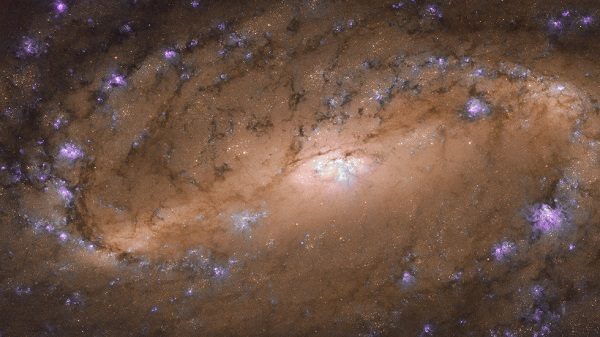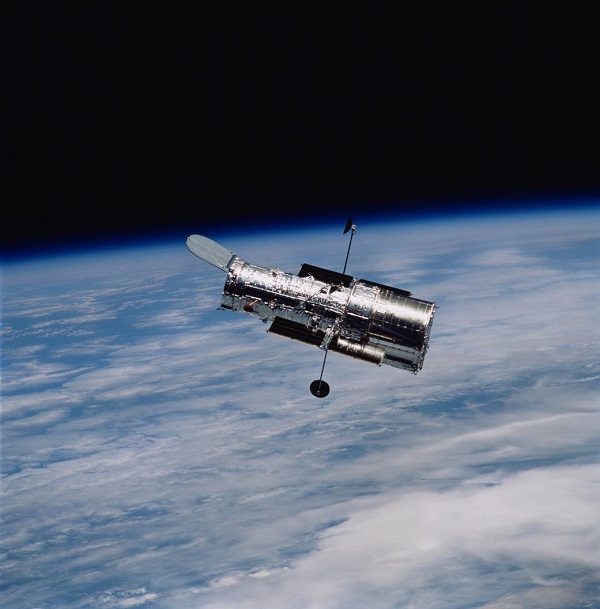OF THE
TIMES
"i wonder why the never point it back at earth"- very likely wouldn't be able to focus on it considering it's a telescope - made for looking at things really far away.
"also,a stunning pic of the Hubble itself. Must be dangerous to take one satellite in so close to take that pic eh"- how do you know it is close? Could have been taken from miles away, using i dunno, something telescopic? However, most likely taken by astronauts when they were up repairing the satellite on one of the several occasions they have done so - [Link]
Regular orbital boosts are also needed by the Hubble Space Telescope, though on a longer time scale, due to its much higher altitude. However, orbital decay is also a limiting factor to the length of time the Hubble can go without a maintenance rendezvous, the most recent performed successfully by STS-125, with space shuttle Atlantis launching May 11, 2009
The course of life and labour reminds me of a long journey I once took on the railway. Suddenly, there was a breakdown ahead, and passengers took the event in various ways. Some of them sat still resignedly, and never said a word. Others again, went to sleep. But some of us leaped out of that train, and ran on ahead to clear the road of all obstructions.
If 99% of the barrage was neutralised, the 1% seems a fair and limited response to Israel's earlier act of war, but as ever with Israel, they are...
A presidential candidate tried to influence the election result :O The result is an improbable farrago of 34 counts of falsifying business records...
Um, whut? Why is this coming out now? Talk about deflecting from the real issues
I suppose the Zionazis in Israel imported a bunch of their Khazar brethren propagandists from the Ukraine, who managed to shoot down Russian...
FOX NEWS and NEWSMAX TV lie about Israel, while the rest of the legacy media lie about everything else.
To submit an article for publication, see our Submission Guidelines
Reader comments do not necessarily reflect the views of the volunteers, editors, and directors of SOTT.net or the Quantum Future Group.
Some icons on this site were created by: Afterglow, Aha-Soft, AntialiasFactory, artdesigner.lv, Artura, DailyOverview, Everaldo, GraphicsFuel, IconFactory, Iconka, IconShock, Icons-Land, i-love-icons, KDE-look.org, Klukeart, mugenb16, Map Icons Collection, PetshopBoxStudio, VisualPharm, wbeiruti, WebIconset
Powered by PikaJS 🐁 and In·Site
Original content © 2002-2024 by Sott.net/Signs of the Times. See: FAIR USE NOTICE


i wonder why the never point it back at earth
also,a stunning pic of the Hubble itself
Must be dangerous to take one satellite in so close to take that pic eh
Nasa..National Academy of Space Actors